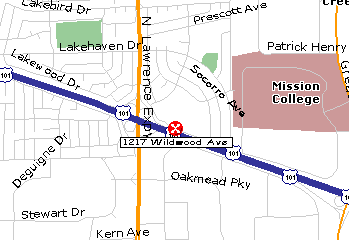 Wednesday, January 9, 2002
Wednesday, January 9, 2002 
Liquid Crystal Thermography -- An Effective Method for Die, Package and PCB Temperature Measurement
Micro-Bolometer Sensor and Infrared Camera Design
James Hungerford and Brad Risser, Flir Systems
(PPT/PPS file of talk -- 225kB)
 Wednesday, January 9, 2002
Wednesday, January 9, 2002
Ramada Inn
PLEASE RESERVE IN ADVANCE --
Liquid Crystal Thermography -- An Effective Method for
Die, Package and PCB Temperature Measurement:
In his presentation, Dr. Azar says that this methodology uses the color
response of thermochromic liquid crystals (TLC) for the purpose of
temperature measurement. Liquid crystals reflect incident light at the
visible wavelength based on the temperature of the surface to which they are
applied. When the surface is illuminated by white light and viewed under
fixed optical conditions, the TLC material will reflect a unique wavelength
distribution of visible light (i.e., color).
As the temperature rises through the TLC's bandwidth, the reflected color
of the TLC will change. This phenomenon is selective reflection and occurs
in most TLCs both on heating and cooling, and occurs with minimal
hysteresis.
Since the process is based on visible wavelength (contrary to IR systems
that are in Infra Red bandwidth) temperature measurement is independent of
surface emissivity and not confined to 5 micron spatial resolution. With
high-resolution optics and a sensitive video camera, temperature measurement
of 1 micron size (or less) objects are made possible. Once the TLC
temperature response is accurately calibrated, temperature measurements with
0.1 degree C resolution are easily attained.
In this presentation Liquid Crystal Thermography, its principles of
operation and a resulting turnkey system are discussed. In addition, LCT is
compared with competing technologies and other measurement techniques to
highlight its points of strength and weakness as it is used in electronics
thermal characterization.
Micro-Bolometer Sensor and Infrared Camera Design:
The micro-bolometer sensor made its debut in thermal imaging radiometers
in the spring of 1997. The uncooled micro-bolometer focal plane array
eliminated the cooling requirement and the micro-bolometer's enhanced dynamic
range characteristics also allowed thermographers to operate the camera on
much wider temperature spans than cameras that employed cooled technology.
Today's infrared cameras are able to detect a temperature differential of
.02 degrees C and detect the temperature of targets as small as 24 microns.
These same advancements have reduced both the cost of the cameras and the
overall size.
James Hungerford is the Northern California district manager for Flir Systems. James has a degree in electrical engineering from San Jose State University. He has worked in the test and measurement field for the last four years.
Brad Risser is a graduate of the United States Military Academy (West Point) with a BS in engineering and has an MBA from Pepperdine University. He is Flir's district sales manager for Southern California, Hawaii, and Nevada and has served in this capacity for the past four years.
|
SCV Chapter
Home Page |
How to Join IEEE |
Contact our Chapter Chair |
| CPMT Society
Home Page |
IEEE Home Page |
Email
to Webmaster |
Last updated on